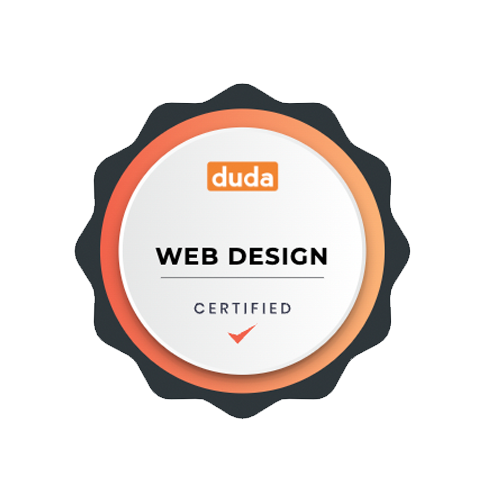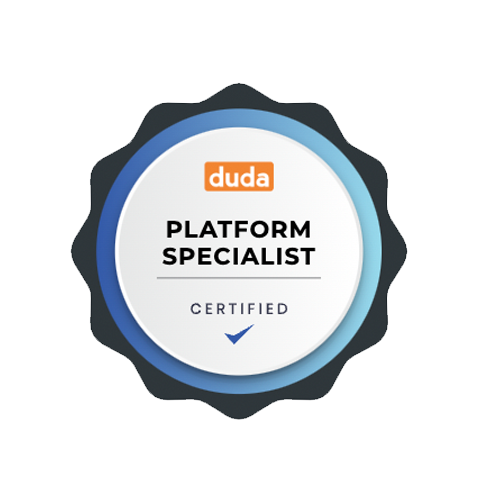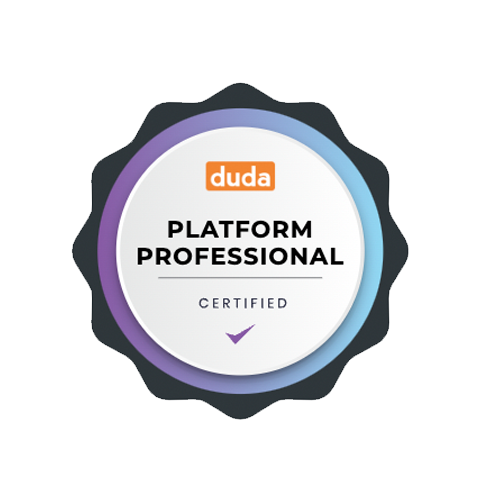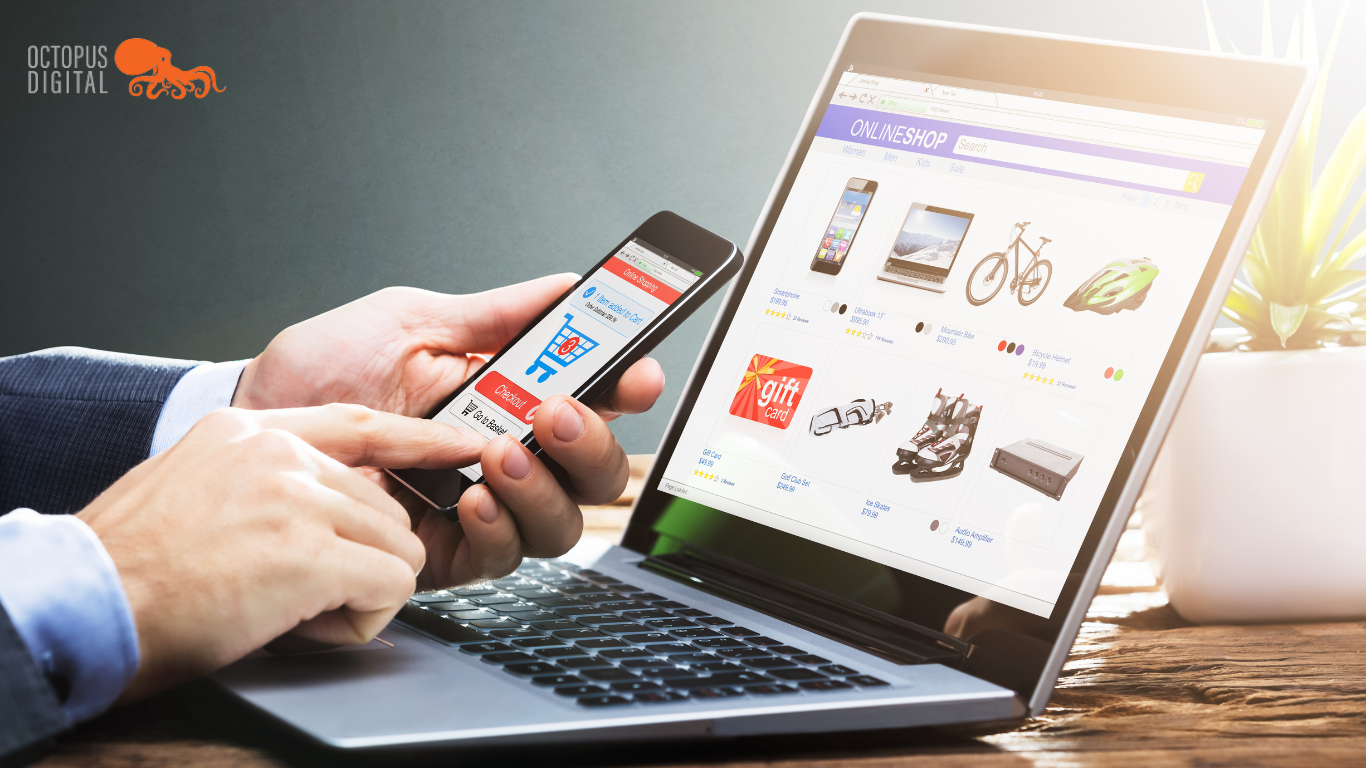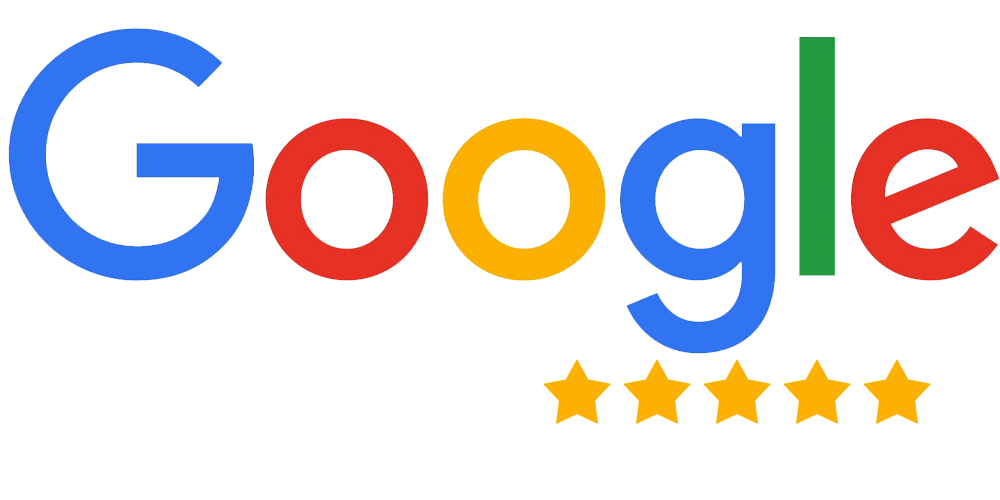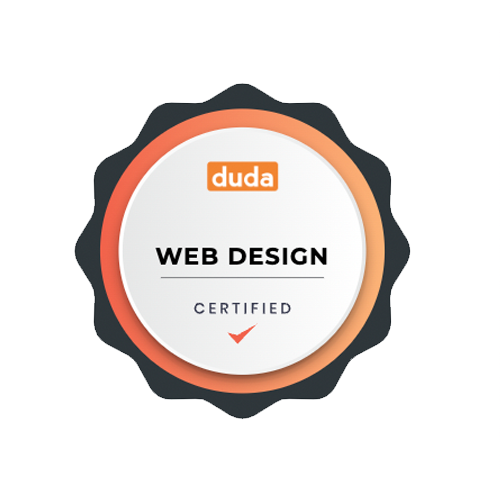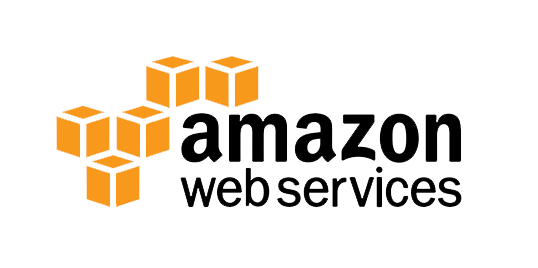Is Your Wordpress Website Secure? Here's What's the Data Says
WordPress, undoubtedly the most popular website-building platform, boasts widespread usage. However, this very popularity makes WordPress sites an attractive target for malicious hackers worldwide.
The reality is somewhat mixed: While hundreds of thousands of WordPress sites fall victim to hacking each year, the culprits are not typically vulnerabilities in the latest WordPress core software. Instead, the majority of attacks stem from entirely preventable issues, such as lax updating practices or weak passwords.
Let’s dive into the details.
How WordPress Sites Get Hacked
- Out-of-Date Core Software
Sucuri's 2017 Hacked Website Report reveals an unsurprising correlation: 39.3% of the hacked WordPress sites they examined had one common factor: they were running out-of-date WordPress core software at the time of the incident.
The significance of keeping WordPress core software up-to-date lies in its role in addressing critical security issues. Failure to download updates exposes users to potential hacker attacks. For instance, in WordPress version 5.8.1, three major vulnerabilities, including a cross-site scripting (XSS) vulnerability in the Gutenberg block editor, were fixed.
Furthermore, outdated software not only compromises core security but also prevents updating themes and plugins, leaving the site susceptible to the various security threats listed below.
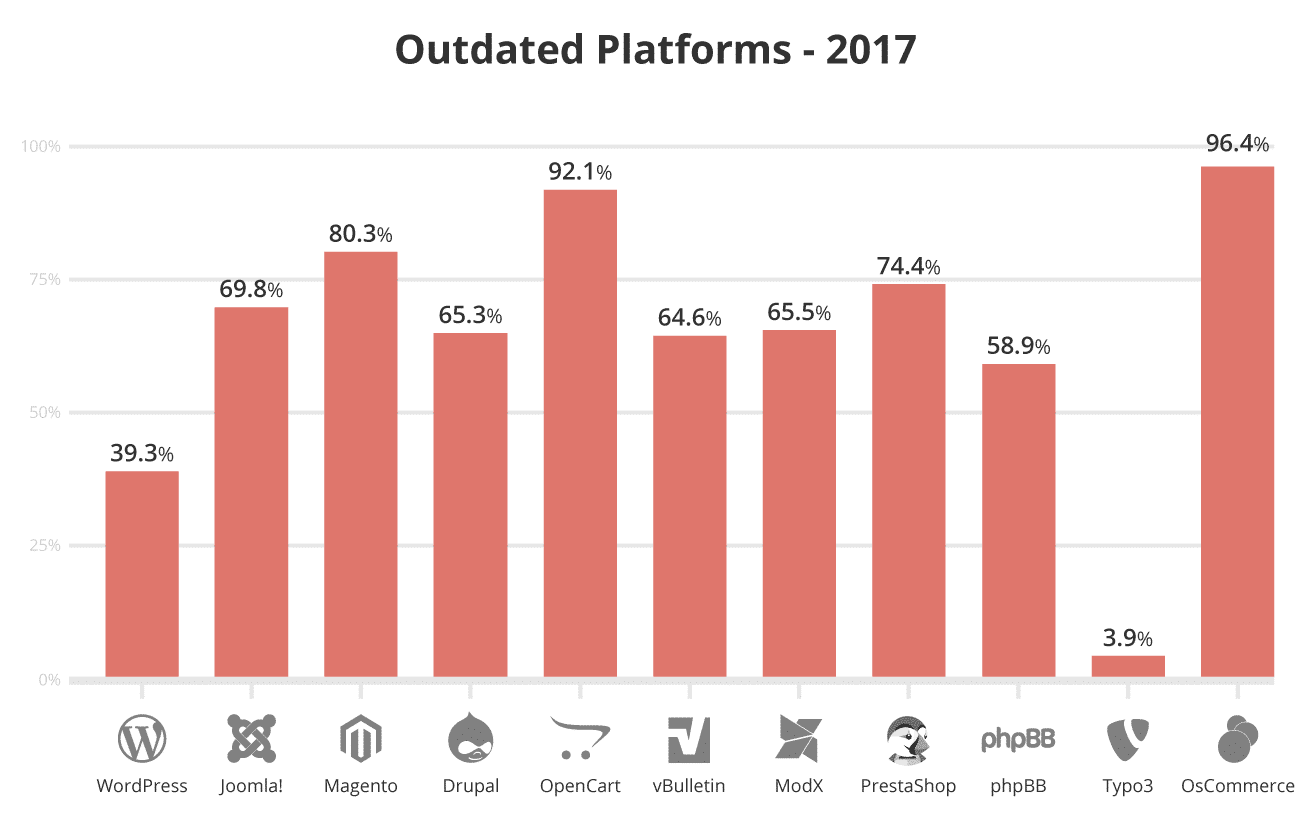
- Vulnerable Login Credentials for WordPress, FTP, or Hosting
Although not directly attributable to WordPress, a notable portion of hacks stem from malicious actors gaining access to WordPress login credentials, webmasters' hosting, or FTP accounts.
According to the Wordfence survey, approximately 16% of hacked sites were compromised through brute-force attacks. Additionally, incidents of password theft, workstation breaches, phishing, and FTP account infiltration were observed, albeit on a smaller scale.
Once unauthorised access is obtained, the security measures in place for your WordPress site become inconsequential, underscoring the critical importance of safeguarding login credentials.
- Supply Chain Attacks
Supply chain attacks exploit one of WordPress's most beloved features: themes and plugins. This attack unfolds in two ways: firstly, when a plugin owner installs malware on customer sites; and secondly, when a hacker acquires a popular plugin and injects spammy code disguised as a legitimate update.
Both methods provide hackers with backend access to the targeted sites, enabling them to compromise secure files, manipulate visitors' confidential information, and execute further malicious activities such as SEO spam and phishing.
- Out-of-Date Plugins or Themes
WordPress's greatest allure lies in its customisability, with developers crafting numerous unique themes and plugins for site owners to personalise their websites.
However, utilising these extensions necessitates proper security measures. Just like out-of-date core software, outdated themes and plugins can expose your site to potential security risks.
Data from WPScan reveals an alarming statistic: approximately 97% of vulnerabilities in their database stem from plugins and themes, with core software accounting for only 4%. A survey from Wordfence of hacked website owners, over 60% of the website owners who knew how the hacker got in attributed it to a plugin or theme vulnerability.
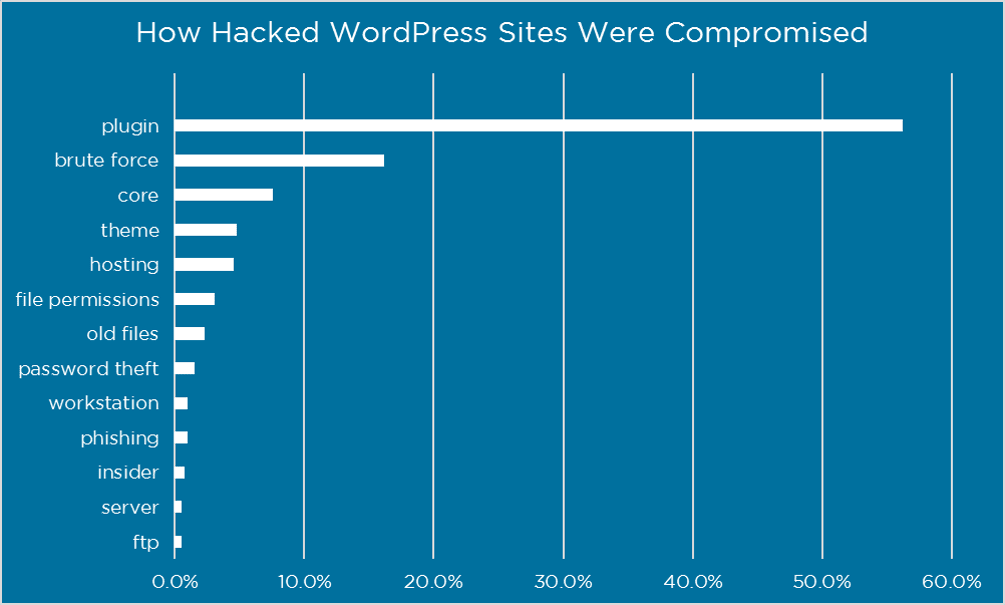
- Poor Hosting Environment And Out-Of-Date Technology
Your WordPress hosting service plays the most important role in the security of your WordPress site. An excellent hosting provider goes the extra mile to safeguard their servers against prevalent threats. They maintain constant vigilance, monitoring their network for any signs of suspicious activity.
All reputable hosting companies are equipped with tools to thwart large-scale DDoS attacks effectively. To fend off potential hackers exploiting known security vulnerabilities in outdated versions, they diligently update their server software and hardware.
Moreover, they are prepared with readily deployable disaster recovery and contingency plans to ensure your data remains protected in the event of a major accident or unforeseen catastrophe.
In a vast and sometimes intimidating online realm, awareness of potential risks and threats is crucial. This becomes especially significant when you've invested time in crafting a personalised, content-rich website on WordPress.
Embracing a proactive approach to cybersecurity is paramount. By staying informed, you can effectively safeguard your online presence, foster your business's growth, and instill confidence in your customers. Understanding the landscape of internet risks empowers you to navigate the digital world with confidence and resilience.
Book a call with
Octopus Digital today to learn more about moving away from WordPress and upgrading your website to a new, high-tech, high-security platform that is easier to use and makes your business safer online.

